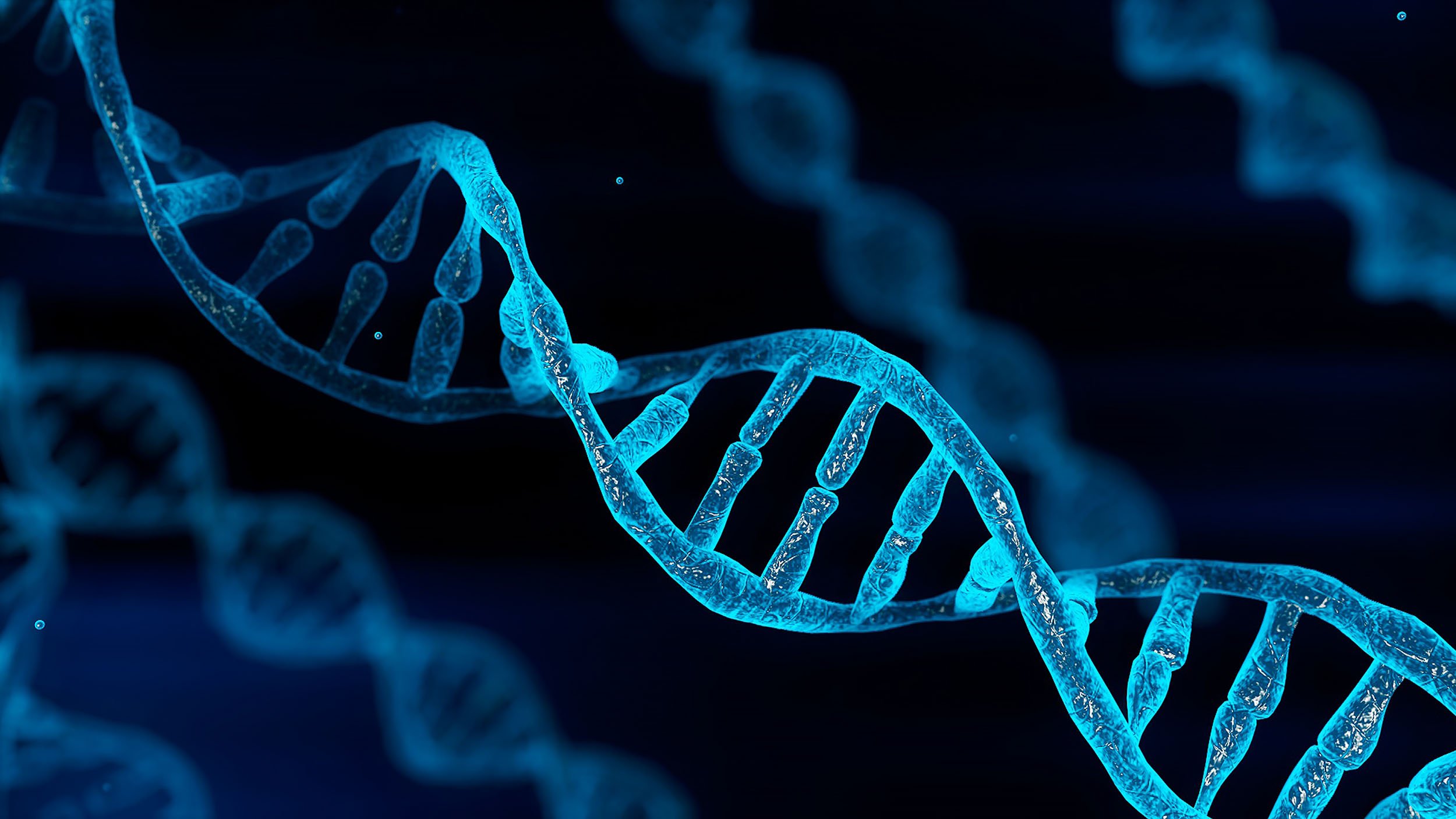There are two ways your child's doctor can diagnose neurofibromatosis type 1 (NF1) (say: noor-oh-fie-broh-muh-TOE-sis):
- The first and most common method is a clinical diagnosis. Your child's doctor will look for signs of NF1 in your child's skin, eyes, bones or brain.
- The second method is genetic testing, also called a molecular or DNA diagnosis. Your child will need to give a blood sample. A lab will check the sample for a change (mutation) in the NF1 gene.
Each of these methods has advantages and limitations. Both are described in more detail below.
Method 1: Clinical diagnosis
A clinical diagnosis is the most common way doctors diagnose NF1. A doctor will diagnose NF1 if your child has two or more of the following:
- six or more café-au-lait spots, at least 0.5 cm in children or 1.5 cm in adults
- two or more neurofibromas on or under the skin, or one plexiform (deep tissue) neurofibroma
- axillary (armpit) or inguinal (groin) freckling
- optic pathway glioma, also called a visual pathway tumour
- two or more Lisch nodules
- bone changes such as bowing of the long bones
- a close relative (parent, child or sibling) with a confirmed diagnosis of NF1
Advantages of a clinical diagnosis
- A clinical diagnosis is usually a simple and effective way for your child's doctor to diagnose NF1.
Limitations of a clinical diagnosis
- Some signs of NF1 may not show up until a child is older. A definite diagnosis may be delayed until more signs appear.
- Sometimes a person has only mild signs of NF1, so it is hard to diagnose based only on the exam.
Method 2: Genetic testing
Genetic testing can find mutations (changes) in the NF1 gene. It is done by taking a blood sample. The NF1 gene can be analyzed to see if the person has a normal or a changed copy of the gene.
Genetic testing can be very useful, but results are not always clear. There are three possible test results: positive, negative and inconclusive.
Positive: The test found a mutation in the child's NF1 gene
A positive test result confirms NF1. If the test is positive, your child has NF1. This means a mutation was found in your child's NF1 gene.
A positive test result cannot tell you how severe the disease will be. Members of the same family who have the same mutation may have different symptoms.
Negative: The test did not find a mutation in the child's NF1 gene
A negative test result means a mutation was not found in your child's NF1 gene.
A negative test result does not rule out NF1. About 5% of adults with a clinical diagnosis of NF1 still have negative DNA tests. So even with a negative test result, a child may still be treated for NF1 or assumed to have "probable NF1." However, a negative test result can help a doctor rule out NF1 if, as a child grows older, they continue to have very few clinical signs of NF1.
Genetic testing may improve in the future, or new genes may be discovered, and a child with a negative test result may be offered genetic testing again.
Inconclusive: The test results were neither positive nor negative
Sometimes, the result of the genetic test is hard to interpret. Not every mutation in the NF1 gene causes neurofibromatosis. It may be unclear whether the mutation is a harmless change or one that will cause the signs of NF1.
If your child's test is inconclusive, the doctor may need more information. The doctor may ask for blood samples and information from other members of your family. This will help them interpret your child's test results.
Advantages of a genetic test
- A genetic test can diagnose a young child who does not yet have all the clinical signs of NF1.
- Once a mutation is identified, other relatives who are at higher risk to have NF1 can also have testing.
- A test can be done on a pregnancy to see if NF1 exists.
Limitations of a genetic test
- A positive test result cannot predict how mild or severe problems of NF1 may be.
- A negative test result does not necessarily rule out a diagnosis of NF1.
- If the test is inconclusive, other family members may need to be tested.
If you have questions about genetic testing, ask your doctor to refer your child to a genetic counsellor or a medical geneticist. They can explain the tests. They can also help you decide if testing is right for your child.
